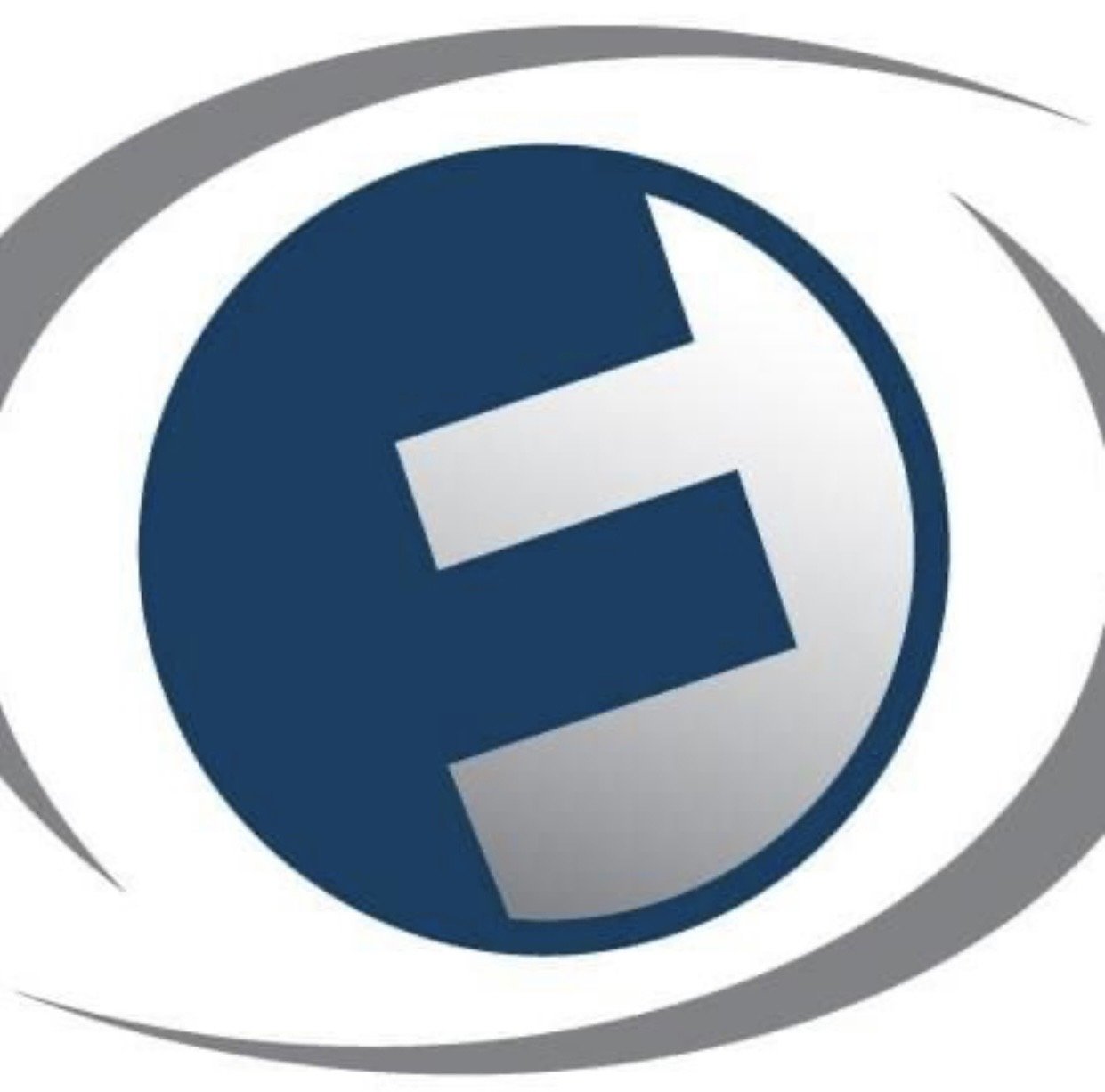What is causing your headaches?
There are many causes for headaches. Some of these causes may be:
Hormonal fluctuations
Stress
Dental or Jaw problems
Infections
Diet
Allergies
Medications
Muscular Tension
The purpose of this blog is to discuss muscular tension issues that can cause headaches and what can be done about it. We will discuss the influence of trigger points and their role in causing musculoskeletal headaches.
There are many reasons that one can get trigger points. Some trigger points can develop due to trauma to a muscle (e.g. an injury, such as whiplash from a car accident), overuse or underuse of a muscle, or by poor Postural mechanics.
In our current technological society these poor Postural mechanics cause more trigger points in our muscles than we realize. With poor Postural mechanics, some muscles are in a state of overactivity, while others are in a state of underactivity. Overactivity of a muscle can cause development of a trigger point, just as well as, lack of blood flow to the muscle due to inactivity can cause a trigger point.
What is a trigger point? Janet, Travell M.D. and David Simmons M.D. dedicated their life‘s work to researching trigger points, and their influence on muscular pain issues. Their trigger point manuals are considered the “go to” resource for manual therapists who treat trigger points.
Travell and Simmons describe a trigger point as “a hyper irritable spot in skeletal muscle that is associated with a hyper sensitive palpable nodule in a taught band. The spot is painful on compression and can give rise to characteristic referred pain, refer tenderness, motor dysfunction, and autonomic phenomena.”
In Laymans terms, a trigger point is commonly referred to as a “knot” within the muscle. Sometimes pain can be felt in the same location that the trigger point is in while other times pain is felt in a different area than where the trigger point actually is.
When pain is felt in a different area, other than where the trigger point is, this is classified as referred pain. Usually our first reaction to pain is to address the exact location of the pain. Commonly individuals with referred pain will instinctively try rubbing the area of pain to get it to subside but find no relief. They may seek the help of a massage therapist and instruct the therapist to “Push right here!”, although no significant relief is found.
So what are some common types of trigger points that can cause musculoskeletal headaches? The images below are from the “Travell and Simmons Myofascial Pain and Dysfunction, The trigger point manual volume one.” On each of these pictures, you will see “X’s” where the most commonly found TriggerPoints are located within the muscle discussed. The areas that are shaded red are the areas that someone will feel pain or a sensation in. These are the referred patterns of pain for these commonly research trigger points.
As you can see, the areas that are shaded red are common sites of headaches for most individuals that experience headaches.
What can we do to minimize these trigger-points?
1. We can seek the help of a qualified licensed massage therapist (LMT) and/or Certified Neuromuscular Therapist (NMT) to treat these trigger points or…
2. We can become more aware of the postural positions that are causing tension within these muscles in order to prevent the trigger points from forming in the first place. 3. Work with an experienced personal trainer or physical therapist on developing better strength in the muscles that help to keep us in a more neutral postural alignment. Muscles within the core, upper back, and deep within the anterior cervical region are often weak in individuals with poor postural habits like rounded shoulders and excessive forward head carriage.
While it is great if you have the ability to see a LMT/NMT, Personal Trainer with a Corrective Exercise background, or a Physical Therapist on a regular basis, it would be extremely valuable if you could learn how to minimize these trigger points on your own. As discussed earlier, our current technological society loves to be hunched over a phone, a laptop, a tablet, my desk, etc. This type of position would be classified as a rounded shoulder or kyphotic position with forward head carriage. As you can see in the image below, I am working hard to create my own trigger points as I write this article :).
In this position, my head is excessively forward, and my shoulders are rounded forward and elevated. This contributes to overactivity and shortening of the upper traps, sternocleidomastoid (scm), scalenes, suboccipitals, and pecs. Overtime this state of constant contraction leads to the formation of trigger points. In addition, the musculature that performs the opposite function (pulls our shoulders back and keeps our head over the shoulders) becomes weak. It is important to note that I will not feel this happening as I work in this position, but will notice pain overtime as I repeat this posture time and time again. As you look at this picture, think about what your posture is like as you read this on your laptop, computer, and phone. Most of you will look like this or worse!
The first step is correcting this on your own. You can do this by gaining postural awareness and minimizing poor positions by creating better habits. To take it a step further, seek the help of a qualified Massage Therapist, Neuromuscular, Therapist, Personal Trainer with a Corrective Exercise specialty, or a Physical Therapist.
Book your personalized assessment today.
Located in Green Bay, WI | By Appointment Only
🌐 Visit our website
📞 Call us at (920) 610-0004
📧 Email: funcfitpt@me.com
📍 Find us on Google Maps
Know someone who needs expert guidance? Share this with them.
We’re here when they’re ready.
Follow us:
🔗 Instagram – Instagram
🔗 Facebook – Facebook
🔗 LinkedIn – FUNCTION THRU FITNESS PERSONAL TRAINING, INC: Overview | LinkedIn


